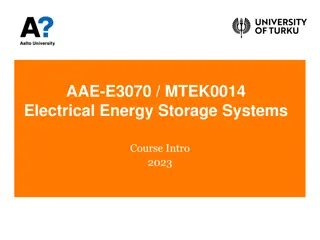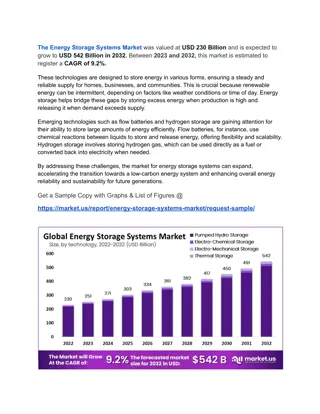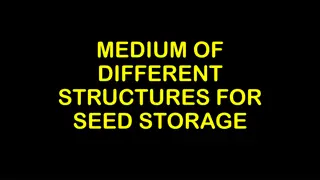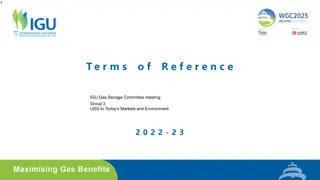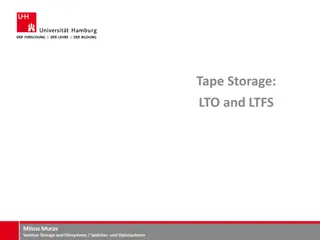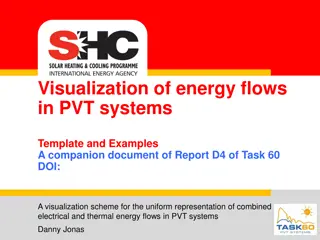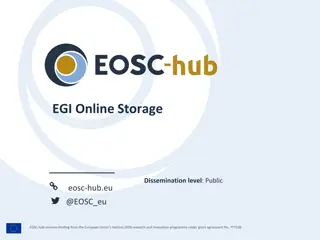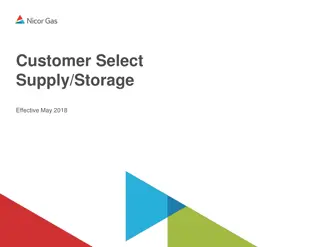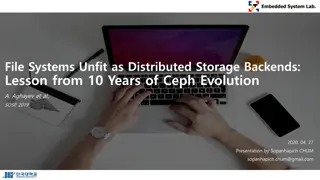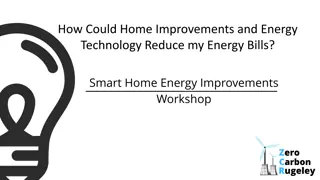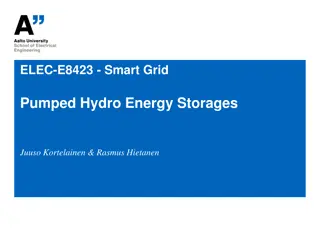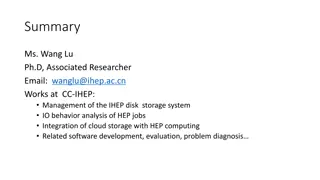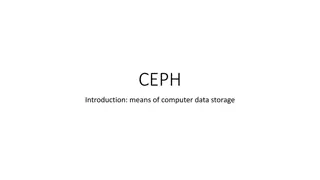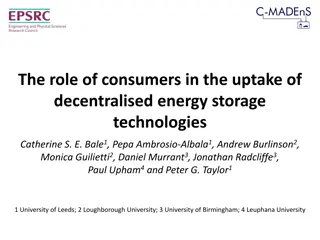Energy Storage Systems Overview
In this overview, we explore various system types for energy storage, including off-grid setups, ESS Assistant, standard AC-coupled PV systems, and more. Discover the roles of batteries, solar energy buffering, and intentional islanding in ensuring reliable power supply. Learn about different configurations such as AC- and DC-coupled PV setups, maximizing energy storage efficiency, and considerations for battery life and warranty. Explore the possibilities for creating a perfect energy storage system tailored to your needs.
Download Presentation

Please find below an Image/Link to download the presentation.
The content on the website is provided AS IS for your information and personal use only. It may not be sold, licensed, or shared on other websites without obtaining consent from the author.If you encounter any issues during the download, it is possible that the publisher has removed the file from their server.
You are allowed to download the files provided on this website for personal or commercial use, subject to the condition that they are used lawfully. All files are the property of their respective owners.
The content on the website is provided AS IS for your information and personal use only. It may not be sold, licensed, or shared on other websites without obtaining consent from the author.
E N D
Presentation Transcript
System types Off-grid No grid available. Use battery as a buffer, buffering solar energy and/or energy coming from a genset. Bad-grid -> Intentional Islanding Very unreliable and unstable grid. Use a battery and PV, run in inverter mode when possible and only fall back to the grid when necessary. (ignore AC) Unreliable grid / Marine / Automotive: backup Grid frequently fails: a battery is used to power loads when mains is not available. Energy storage Use a battery to store excess solar power (day), to later use it when there is not enough solar power available to power the loads (evening and night). Grid is stable, and 99.99% available
ESS Assistant - Perfect for Energy Storage Systems
BatteryLife There is no point in discharging a battery today / tonight, when you already know that it will not be recharged tomorrow. Longer battery life for lead & passive balanced Lithium Be prepared for a mains outage Mandatory for Victron 12.8V lithium batteries, because they have passive balancing no BatteryLife -> no warranty!
Perfect Energy Storage System Easy configuration in the CCGX Compatible with many battery brands DC-Coupled and/or AC-Coupled PV Enable/disable feed-in Zero feed-in for Fronius PV Inv.
What about the Hubs? Hub-1: deprecated except for policy 3: Invert priority Hub-2: deprecated except for policy 2: Invert priority Hub-4: deprecated entirely What does deprecated mean? It means no support. In case of problems, first update to ESS, and then contact us again in case of trouble.
No feed-in systems Use an MPPT, do not use a PV Inverter Still want to use a PV Inverter? Then at least take a Fronius. (and use Zero Feed-in) Remember: to prevent feed-in for a PV Inverter, you need to sabotage it. Leads to flickering, overloads, and more problems.



